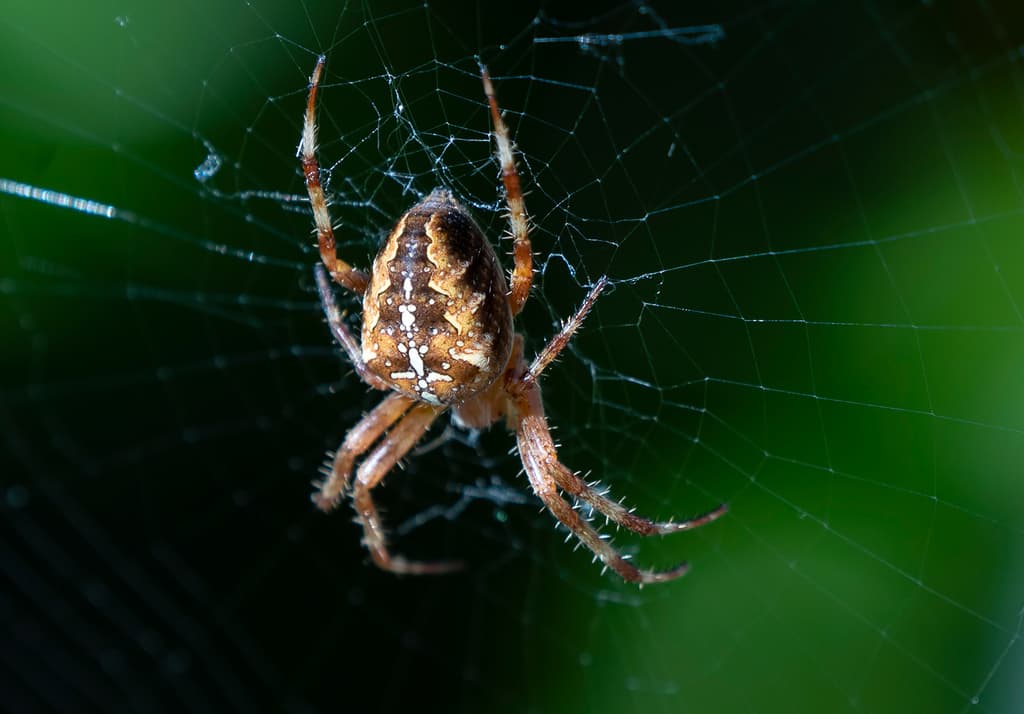Even earlier, it has been known that spider silk consists mainly of protein. But new research now shows that it involves a total of 18 different proteins.
Some of the proteins have been completely unknown until now. We still do not know what function they have, but it is something we will look at in the future, says Anna Rising, professor of veterinary medical biochemistry at the Swedish University of Agricultural Sciences and the Karolinska Institute, and one of the research leaders.
The second major discovery is that the thread is not entirely homogeneous, but consists of three different layers with specific protein compositions.
Nature rarely does such things without them meaning something. If you really want to replicate the spider silk's properties, you probably need to recreate this structure and these protein blends.
An artificial spider silk could replace many environmentally hazardous materials, according to Rising. It could be about high-performance materials such as protective equipment or sports equipment – but also textiles.
The spider silk is both strong and elastic. Today, plastic-based fibers are used in clothing to get a slightly elastic property. This makes it very difficult to recycle textiles, and much is simply burned or ends up in nature as waste.
It is also actually a very interesting material for medical applications, continues Rising, adding that research has shown that spider silk can be used in nerve damage.





